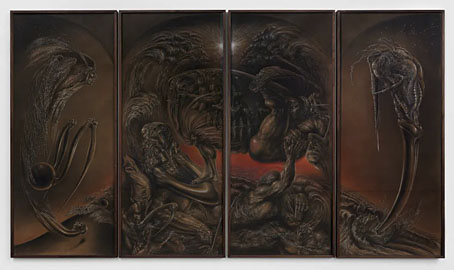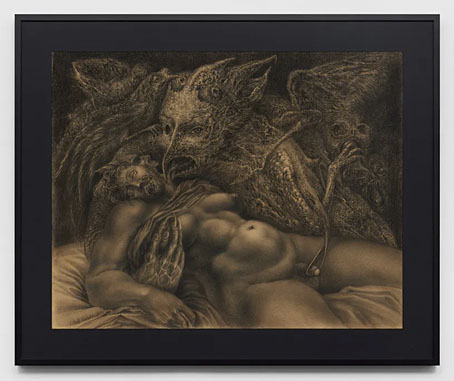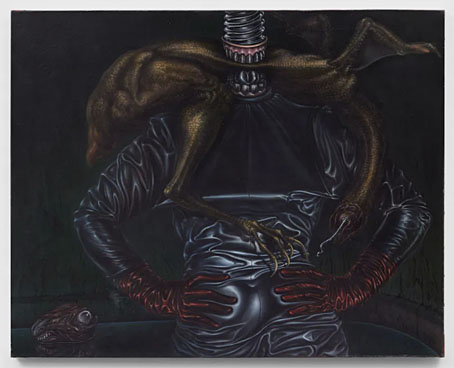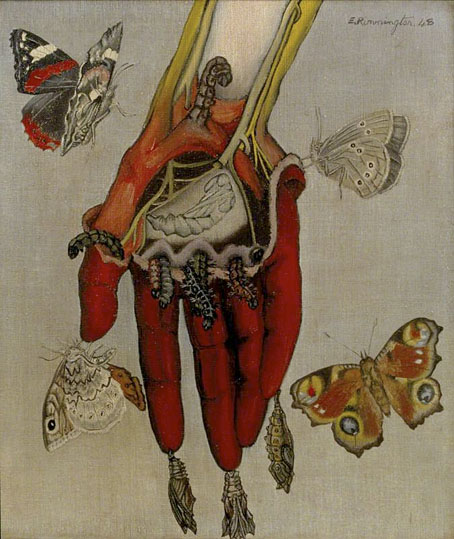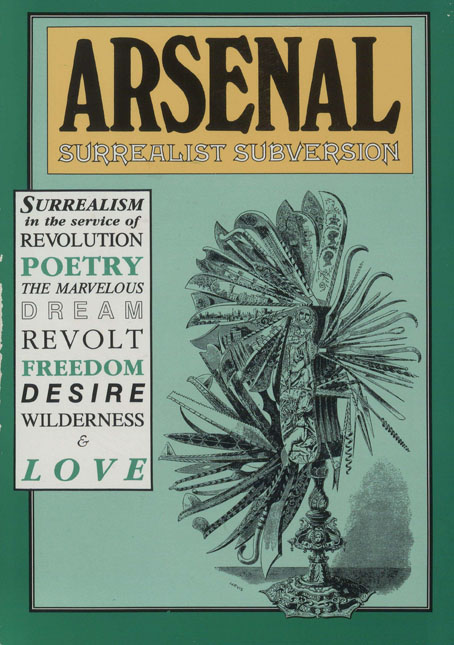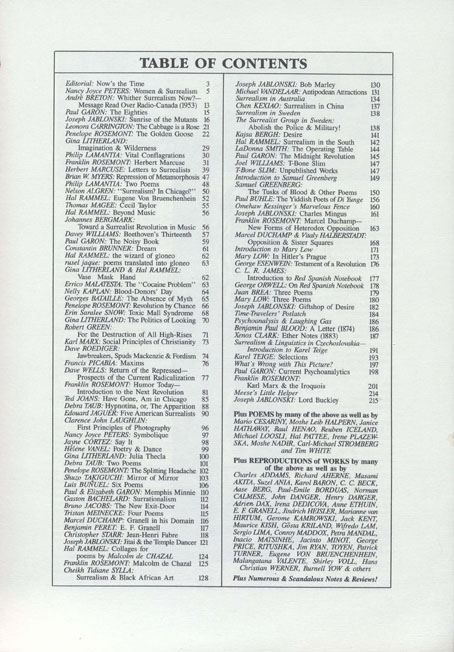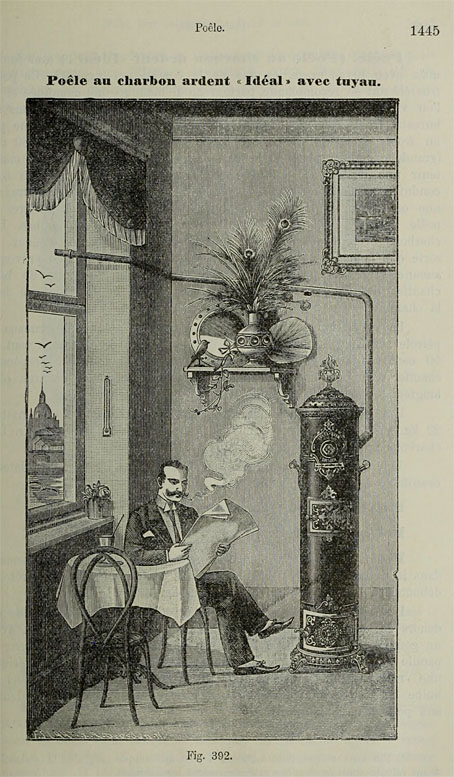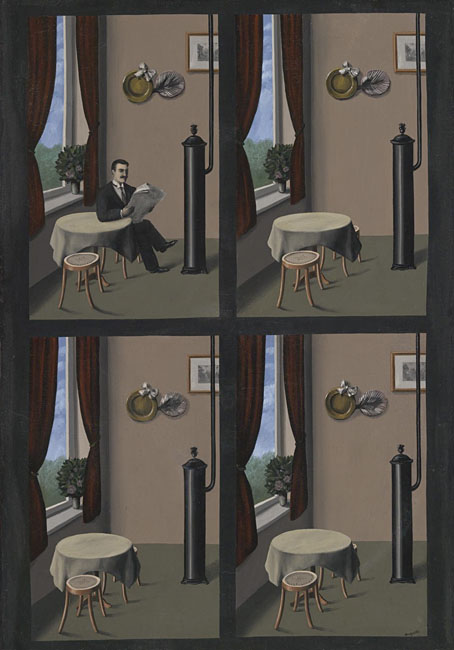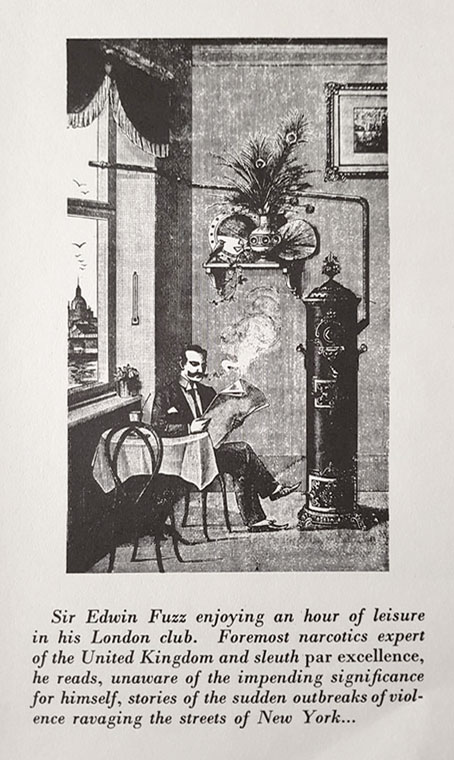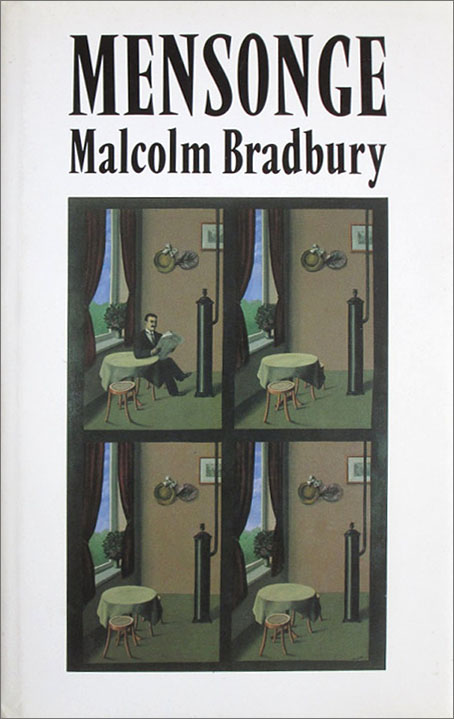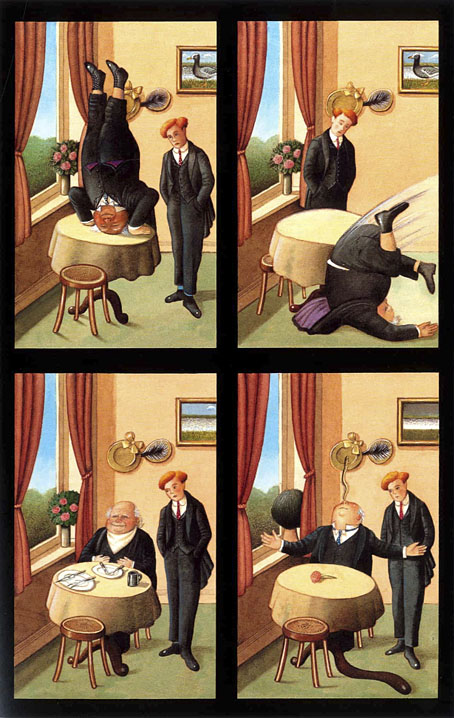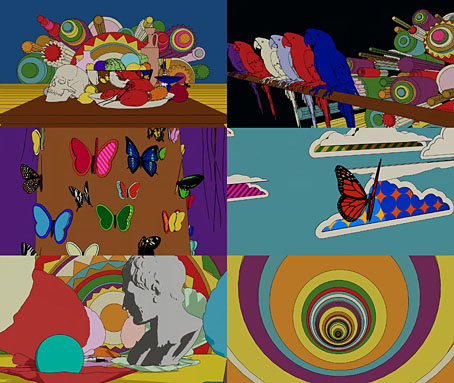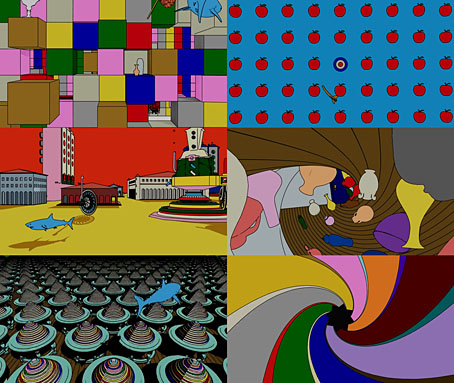La Bible du Mal (1978).
I’m late to this but it’s worth passing on the news about an exhibition of paintings, drawings and collages by Sibylle Ruppert (1942–2011) which is currently running at Project Native Informant in London. Ruppert’s art has been mentioned here many times, she’s one of my favourite artists, so it’s great to see her receiving more recognition, and in London as well, not Paris as I would have expected. I ought to go and see this but finishing the Bumper Book of Magic book took longer than I expected so I’ve had scheduled work backed up which I’m dealing with at the moment. I also don’t fancy taking another chance with Britain’s failing rail network, not when the last experience a few weeks ago was a bad one. But if you’re closer to London I’d recommend this exhibition which Artforum says is Ruppert’s first solo show in the UK.
Ma Soeur Mon Epouse (1975).
It’s tempting to connect the exhibition to this year’s 100th anniversary of Surrealism but I’ve never seen Ruppert’s name mentioned in Surrealist circles. She isn’t referred to in Penelope Rosemont’s wide-ranging Surrealist Women, for example, but then neither is Leonor Fini, possibly because Fini tried to maintain some distance from groups and movements. Was Ruppert the same? Without further information it’s hard to say. She was friends with HR Giger, however, and pictures by both artists may be seen in Providence (1977), the Alain Resnais film, as I noted a couple of years ago.
Frenzy of the Visible will be running until 20th April.
Le Sacrifice (1980).
Elsewhere on { feuilleton }
• The fantastic art archive
Previously on { feuilleton }
• Art on film: Providence
• Hans by Sibylle
• Sibylle Ruppert revisited
• Sibylle Ruppert, 1942–2011

